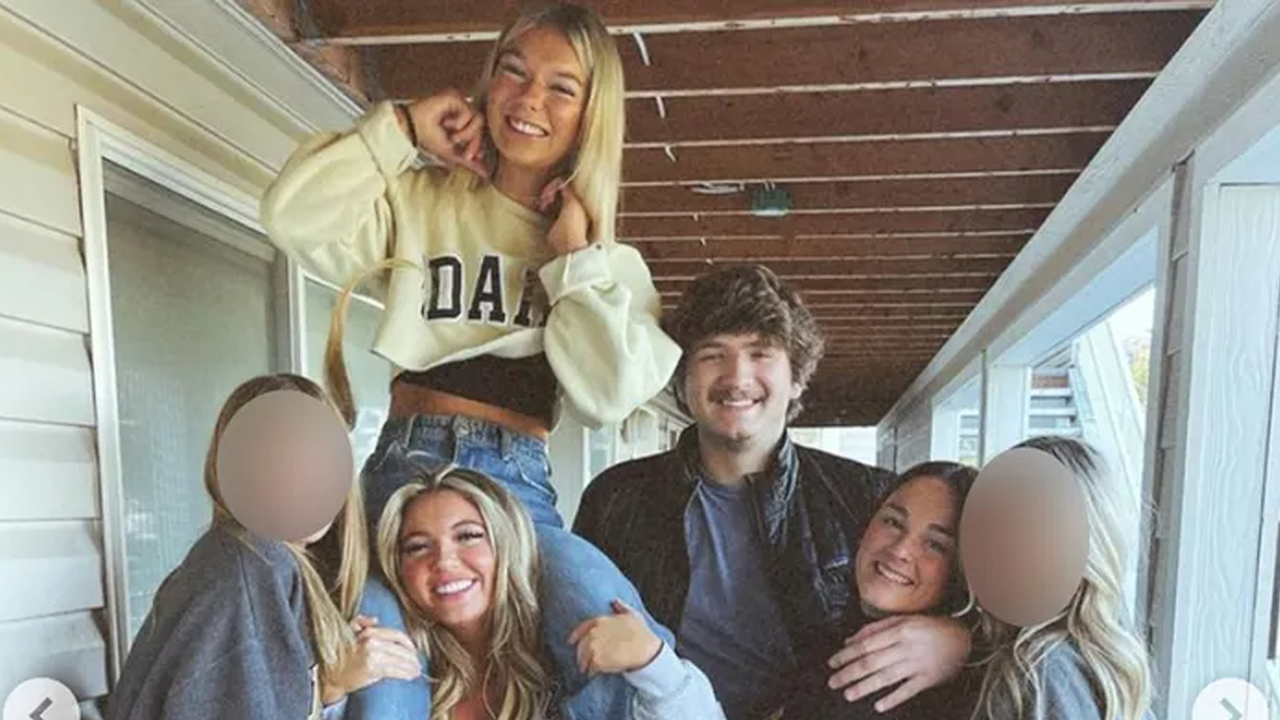United States
Witness to Idaho murders says intruder with bushy eyebrows carried vacuum out of crime scene: court docs

A Chilling Home Invasion and the Ongoing Legal Battle in the University of Idaho Murders
The tragic murders of four University of Idaho students—Ethan Chapin, 20, Xana Kernodle, 20, Kaylee Goncalves, 21, and Madison Mogen, 21—sent shockwaves through the small college town of Moscow, Idaho, and beyond. The events of that fateful November 13, 2022, remain etched in the minds of the community as a senseless and brutal act of violence. In the months that followed, investigators worked tirelessly to piece together the evidence, leading them to Bryan Kohberger, a 30-year-old Ph.D. student in criminology at nearby Washington State University. Now, as Kohberger faces trial, new details from court documents provide a chilling glimpse into the events of that night and the legal strategies being employed by both the prosecution and the defense.
A Surviving Housemate’s Harrowing Account
Among the most striking revelations to emerge from these court documents is the testimony of a surviving housemate, who shared her harrowing encounter with the intruder. According to her account, she saw a man with a "bushy-eyed" appearance walking out the back door of the house, holding what she described as a "vacuum-type object." This detail, while initially omitted in her first conversation with police, was later disclosed in subsequent interviews with detectives. The woman also described the intruder as a tall, lean White male, taller than herself, and recalled hearing an unknown male voice saying, "I’m here to help." Her testimony has become a critical piece of evidence, despite her admission that her memory of the events was "fuzzy and cloudy" due to the trauma of the experience.
The Judge’s Ruling and the Defense’s Challenge
The release of these court documents coincided with a significant legal development in the case: Judge Steven Hippler’s denial of Kohberger’s motion for a Franks hearing. A Franks hearing is a rare legal proceeding that allows a defendant to challenge the validity of search warrants by arguing that police intentionally or recklessly omitted material information in their affidavits. Kohberger’s defense team argued that the probable cause for his arrest was flawed, citing inconsistencies in the surviving housemate’s testimony and alleging that police had unfairly paraphrased her statements in the original affidavit. However, Judge Hippler dismissed these arguments, stating that while the woman’s credibility could be questioned during cross-examination at trial, her descriptions of the suspect were consistent across multiple interviews, providing sufficient probable cause for Kohberger’s arrest.
The Vacuum and Its Possible Role in the Crime
One of the most intriguing pieces of evidence to emerge from the investigation is the vacuum recovered from Kohberger’s apartment in Pullman, Washington. Police seized the dust container from a Bissell PowerForce vacuum, along with a black glove and receipts, during a search of his residence shortly after his arrest. While the exact model of the vacuum is unclear, experts speculate that it could have been used to clean up evidence, such as hair or fibers, from the crime scene. Retired NYPD inspector Paul Mauro, who has closely followed the case, suggested that if Kohberger were meticulous in his efforts to avoid leaving DNA evidence, a wet vacuum could explain the lack of forensic traces found at the scene. This theory aligns with the idea that Kohberger, with his academic background in criminology, might have strategically attempted to staging the crime scene and eliminate evidence.
The Crime Scene and Its Aftermath
The crime scene itself was a grisly testament to the violence of the attack. The six-bedroom rental home on King Road, where the four students lost their lives, was described in court documents as "significantly bloody," with the carnage spanning two floors. Police recovered a knife sheath from under Madison Mogen’s remains, which allegedly bore Kohberger’s DNA. Despite the extensive bloodshed, no murder weapon was ever found, leaving investigators to piece together the events of that night through other evidence. In the months that followed, the house where the tragedy occurred was demolished, a decision that likely aimed to bring some measure of closure to the victims’ families and the community.
The Legal Battle Continues
As the trial approaches, scheduled to begin in August, the legal strategies of both the prosecution and the defense are coming into sharper focus. Kohberger’s defense team has raised numerous objections to the evidence gathered against him, including claims that police improperly withheld details about the genetic genealogy techniques used to identify him as a suspect. Judge Hippler, however, has consistently upheld the validity of the search warrants, concluding that the omission of such details did not undermine the probable cause for the searches. Meanwhile, prosecutors are building their case around a combination of DNA evidence, eyewitness testimony, and physical evidence, such as the knife sheath and the vacuum. If convicted, Kohberger could face the death penalty, a prospect that has brought both hope and anxiety to the families of the victims.
Conclusion: A Community Waits for Justice
The University of Idaho murders have left an indelible mark on the tight-knit community of Moscow, Idaho, and the nation at large. As the legal proceedings unfold, the surviving housemate’s testimony, the questionable role of the vacuum, and the meticulous nature of the crime scene all serve as grim reminders of the complexities of this case. While the road to justice is long and fraught with challenges, the victims’ families and friends continue to hold onto the hope that the truth will be revealed in the courtroom. With each new revelation, the public is reminded of the enduring impact of this tragedy and the importance of seeking accountability for the senseless loss of four young lives.


















